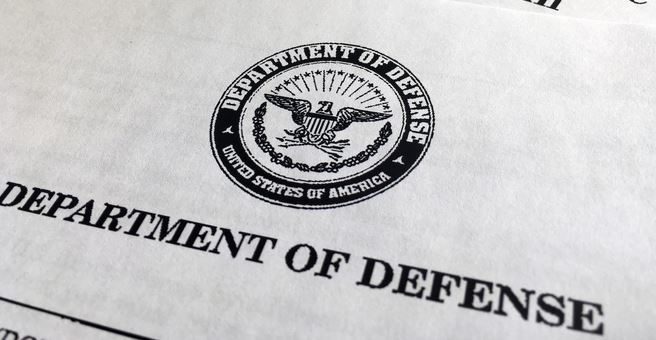Use it or Lose It: Pentagon Has Less than One Week to Spend it All

By Debbie Gregory.
Congress was generous when it passed a spending bill that gave the military at minimum an additional $61 billion, boosting its overall budget to $700 billion this year.
For even the most serious of shopaholics, spending upwards of $300 billion in the final quarter of fiscal 2018 would be challenging. But spend it government agencies will, rather than giving the money back to the Treasury Department.
The spending spree must be completed by September 30th. Through August, defense and civilian agencies obligated some $300 billion in contracts. But to spend all the money appropriated to them by Congress, they may have to obligate well over $200 billion more.
Predicting how much the government will spend on contracts is more or less an estimation, but no agency wants to have to return unused funds.
“As big as this year’s defense budget looks, it’s not enough to fix the problems,” said Rep. Mac Thornberry, who heads the House Armed Services Committee. “The first job of the federal government is to defend the country.”
More than 80 percent of the decision-makers surveyed by Government Business Council said they expected to spend their remaining budget dollars on existing contract vehicles.
“There’s one thing the Department of Defense is good at — it’s spending money quickly,” said Todd Harrison, who tracks military spending at the Center for Strategic and International Studies.
The most common near-term purchases reported by the surveyed decision-makers were professional services (34 percent), human capital products (29 percent), office management products (28 percent) and information technology (26 percent).
“We’re going to have to make a decision as a nation about our overall defense strategy and the role of our military,” said Harrison. “If you want to maintain the same level of involvement in the world, then you’re going to need to fund a larger military.







